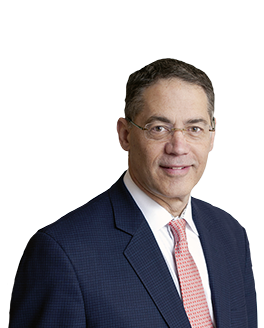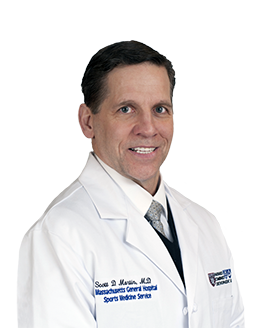-
Featured
Trial Without Error: Using 3D Planning for Shoulder Replacement
Three-dimensional planning software may improve outcomes for shoulder arthroplasty. A new technology allows surgeons to install the prosthetic joint with greater foresight and precision.
-
Featured
Preserving the Chondrolabral Junction
New techniques for treating femoral acetabular impingement include contouring bone growths and stem cell treatment to promote post-arthroscopic healing.
-
HbA1c Levels >6.6% Linked to Greater Risk of Repeat Surgery After ACL Reconstruction
Ophelie Lavoie-Gagne, MD, Miho J. Tanaka, MD, PhD, and colleagues conducted the first study of how preoperative glycemic control affects outcomes of ACL reconstruction, finding HbA1c ≥6.7% increases the risk of any surgical complication by 66% and increases the need for reoperation for surgical complications by 45%.
-
Chondrolabral Junction Breakdown Predicts Progression to THA After Hip Arthroscopy for Labral Tears
Michael C. Dean, BA, Scott D. Martin, MD, and colleagues are the first to identify chondrolabral junction breakdown, observed intraoperatively, as a risk factor for eventual conversion to total hip arthroplasty after hip arthroscopy for symptomatic labral tears secondary to femoroacetabular impingement.
-
Multidimensional Imaging Expands Clinical Understanding of Trochlear Dysplasia and Patellar Instability
In this video from Orthopedics Today, sports medicine orthopedic surgeon Miho Tanaka, MD, PhD, describes how three- and four-dimensional imaging technology is advancing clinical understandings of knee conditions such as trochlear dysplasia and patellar instability.
-
Case Report: Proximal Rectus Femoris Tendon Tear in a Professional Football Placekicker
Kayle Noble-Taylor, DO, Mark D. Price, MD, PhD, and Kelly McInnis, DO, present the case of a proximal rectus femoris tendon tear involving both the direct head attachment to the anterior inferior iliac spine and the indirect head attachment to the hip joint capsule in a professional American football placekicker.
Sports Medicine Contributors
-

Jon J.P. Warner, MD
Co-Chief, Shoulder Service, Vice-Chair for Quality and Safety, Department of Orthopaedic Surgery, Massachusetts General Hospital, Professor of Orthopaedic Surgery, Harvard Medical School
Recent Article
Surgeons and Biologics are Key Cost Drivers in Arthroscopic Rotator Cuff Repair
-

Scott Martin, MD
Director, Joint Preservation Service, Director, Sports Medicine Fellowship Program, Associate Professor of Orthopedic Surgery, Harvard Medical School
Recent Article
Chondrolabral Junction Breakdown Predicts Progression to THA After Hip Arthroscopy for Labral Tears